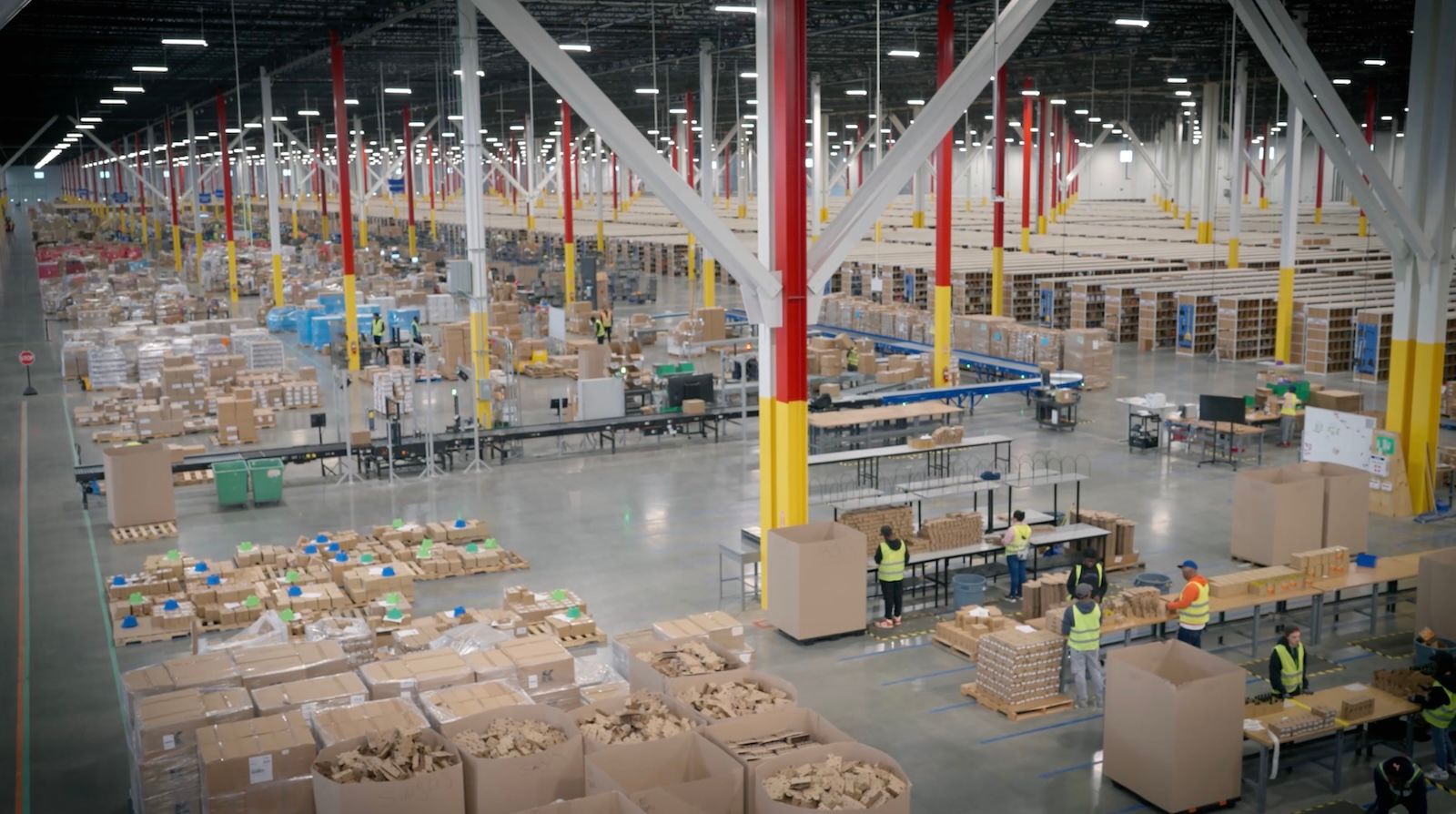
May 22, 2024
The Shifting Landscape of U.S.-China Trade: What You Should Know about Section 301 Tariffs

Updated Friday, September 13, 2024:
Earlier today, the U.S. Trade Representative (USTR) published a notice outlining final modifications to Section 301 tariffs imposed on certain products originating from China. Based on public comments on the agency's preliminary announcement on May 14, there will be additional §301 duties on several categories of goods. Many of these items will see an impact on all shipments arriving on/after September 27, 2024. These changes will also affect additional groups of items beginning January 1, 2025 or January 1, 2026, depending on the product classification. See the updated chart below.

Post Published May 22, 2024:
In an important announcement on May 14, 2024, the U.S. Trade Representative (USTR) published their four-year review in regards to the Section 301 tariffs on certain Chinese-origin products, signaling a major policy shift. President Biden's administration has since declared modifications to the existing tariff regime, affecting $18 billion worth of imports from China. This development has far-reaching implications for various industries ranging from medical equipment to electric vehicles.
Unpacking the Changes
The revised tariffs on products from China will notably impact a diverse array of commodities. For instance, personal protective equipment (PPE), which previously faced a tariff range of 0% to 7.5%, will now be subjected to a steep 25% tariff, effective this year. Medical and surgical gloves will see their tariffs rise from 7.5% to 25%, although this change will take effect in 2026.
Industries reliant on steel and aluminum products, semiconductors, solar cells, and electric vehicles are particularly affected. The tariff on steel and aluminum will jump from 7.5% to 25%, while semiconductors and solar cells will see their tariffs doubled to 50%. The most dramatic change is reserved for electric vehicles, with tariffs soaring from 25% to 100%, set to commence later this year. Please see the table below for details:

What’s Next
The USTR plans to step up enforcement of the 301 tariffs, including more funding for Customs and Border Protection (CBP) to check shipments and prevent tariff evasion. Businesses should expect stricter inspections and more paperwork. Next week, the USTR will release a detailed notice in the Federal Register listing the specific tariff codes affected, the new rates, and their effective dates. This notice will also allow for public comments and introduce an exclusion process for machinery used in domestic manufacturing, offering a possible way to ease the impact.
It’s important to note that the USTR's announcement on May 14 did not include any information about the current Section 301 tariff exclusions for certain Chinese products, which are set to expire on May 31, 2024. Without any developments here, these eligible products will be subject to the Section 301 tariffs at 7.5% or 25%, starting June 1, 2024.
Proactive Measures for US Businesses
For importers struggling with these changes, proactive measures are crucial. Engaging with your Flexport customs broker or trade advisor can help you navigate the new tariff landscape and prepare for the implementation date. Flexport’s ACE Analysis tool can assist in reviewing import data to identify potentially impacted HTS codes, enabling a strategic response to these adjustments. Additionally, Flexport’s Trade Advisory team is available to support businesses in understanding and mitigating the impact of these tariffs on their supply chains. Leveraging this expertise can help companies adapt and remain competitive in these sweeping changes.
** 5/22/2024 Update **
On May 22, 2024 The USTR issued a press release announcing a formal proposal to be published in an upcoming Federal Register to:
- Increase tariffs on 382 8-digit 5 10-digit HTS classifications on products from China. These increases will be rolled out across three different timelines, with some proposed to begin as early as August 1,2024, and the others starting January 1, of 2025 and 2026, respectively. The products subject to these increased tariffs fall into one of 14 strategic sector commodity groups – battery parts (non-lithium-ion batteries), electric vehicles, facemasks, lithium-ion electrical vehicle batteries, lithium-ion non-electrical vehicle batteries, medical gloves, natural graphite, other critical minerals, permanent magnets, semiconductors, ship-to-shore cranes, solar cells (whether or not assembled into modules), steel and aluminum products, syringes and needles.
- Establish a process where companies can request that specific machinery that will be used in domestic US manufacturing be temporarily excluded from the 301 tariffs. These exclusions are only available for products classified in 312 8-digit HTS classifications in Chapters 84 and 85.
- Propose 19 temporary exclusions for semiconductor manufacturing apparatus classified in 8486.10, 8486.20 and 8486.40 for use in domestic solar wafer, cell, and module manufacturing.
- Establish a 30-day period for public comment on these modifications.
Flexport is providing a list of the HTS classifications in this notice in spreadsheet format for your convenience. Please note that this spreadsheet is a draft and should not be considered authoritative.
The USTR will accept comments on the proposed tariffs and exclusions through June 28, 2024. The Flexport Trade Advisory team can provide assistance in preparing and submitting comments on products critical for your company. Your Flexport brokerage team can help you to understand which products in your supply chain may be affected by these modifications.
The USTR did not include an update on the existing Section 301 exclusions due to expire on May 31, 2024. We anticipate that the USTR will issue a separate Federal Register notice this week or next week on the existing exclusions.
*Disclaimer: The contents of this report are made available for informational purposes only. Flexport does not guarantee, represent, or warrant any of the contents of this report because they are based on our current beliefs, expectations, and assumptions, about which there can be no assurance due to various anticipated and unanticipated events that may occur. Neither Flexport nor its advisors or affiliates shall be liable for any losses that arise in any way due to the reliance on the contents contained in this report.
About the Author








